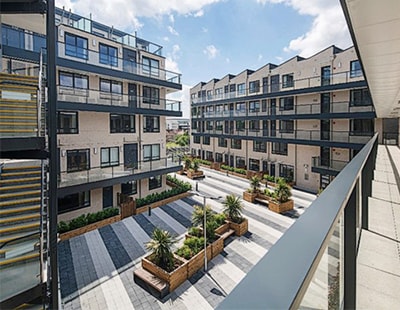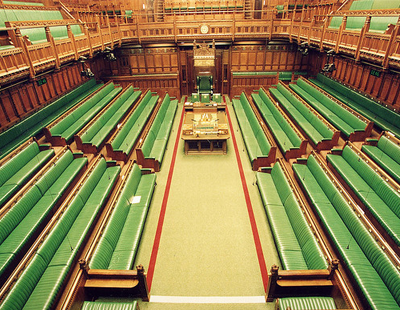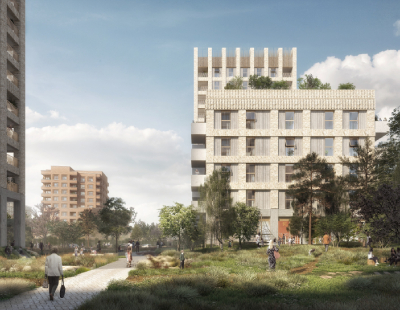Purpose-built Build to Rent (BTR) housing is only a recent concept, with just over 51,000 dwellings completed across the UK as of Q3 2020 - equating to only around 1% of the total private residential sector stock.
But it is one of the fastest-growing and has come to be seen as something of a safe haven for institutional investors during the pandemic.
In Q1 2020, a large number of schemes completed, driving up the volume of operating units by 42% on Q1 2019, equating to an additional 13,000 homes.
In Q2 2020, the impact of the first Covid-19 lockdown was sudden (if inevitable), with only three funding deals, worth £96 million, and just 1,800 starts across a dozen sites.
Alex Blagden, senior researcher at AMA Research and editor of the Build to Rent Market Report, commented: “Since 2016 cumulative BTR completions are forecast to have quadrupled by 2021 to over 60,000. Quarterly data for Q3 2020 indicates circa 37,000 units are under construction and approximately 84,000 are in planning. However, several additional proposals were announced in October and November which suggest over 90,000 are expected to be in planning by the end of 2020.”
The BTR sector has seen an influx of institutional investors enter the market in recent years – from Legal & General and Quintain to Goldman Sachs and Invesco - as the focus for investment propositions moves away from high street retail and into developments that are likely to provide a higher return.
There has also been the high-profile tie-up of Grainger and Transport for London (TfL), which is set to deliver more than 3,000 homes for rent across the capital, with 40% of these designated as affordable. TfL has previously estimated that the total programme will generate around £13 million per year from 2026.
AMA Research says population growth, a younger mobile workforce, increasing house prices, tighter mortgage requirements by lenders - and declining levels of social rent housing - have led to a worsening shortage of affordable build-to-sell housing, particularly for first-time buyers in the 25-34 age group.
As a result, several larger housing associations have also diversified into the PRS. Due to budget cuts to housing, they have had to find other income sources – for example through developing housing for sale and private rent.
“A key factor contributing towards forecast growth has been important changes in the planning system. Now BTR is formerly defined as an asset class in its own right in the National Planning Policy Framework (NPPF) and is entitled to specific land allocation rather than having to compete with build-to-sell developers in the open market,” Blagden adds.
A recent report from CBRE found that investment in BTR bounced back strongly in Q3 after the impact of lockdown, with £1.43 billion of investment recorded in the last quarter. CBRE estimates the current value of the BTR sector at nearly £14 billion, with prime net yields continuing to range from 3.25% to 4.25%.
New developments continue to emerge, everywhere from Wolverhampton to Buckinghamshire, while major BTR player and insurance giant Legal & General recently announced the launch of its Suburban Build to Rent (SBTR) business, which aims to develop large-scale ‘single family’ rental communities in suburban locations across the UK.









.png)










Join the conversation
Be the first to comment (please use the comment box below)
Please login to comment